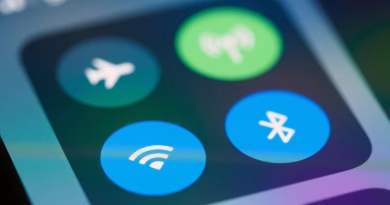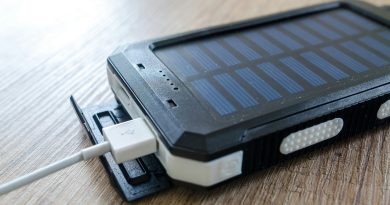Nothing Phone (3) Launches: Can Carl Pei’s Design Magic Strike Again?
In a smartphone market dominated by monolithic black rectangles, Nothing arrived a few years ago as a breath of fresh, transparent air. Led by the hype-savvy Carl Pei (co-founder of OnePlus), the brand carved out a unique space for itself with a striking design language: transparent casings, dot-matrix typography, and the iconic, light-up “Glyph” interface. Nothing made tech feel interesting and deliberate again.
The first two phones were celebrated for their design but often criticized for having mid-range specs that didn’t quite match their flagship price tags. They were exercises in style over substance.
Now, the company has unveiled its most important product yet: the Nothing Phone (3). With the initial novelty worn off, the Phone (3) has to prove that Nothing is more than just a clever design project. It has to prove it can build a true flagship. So, did Carl Pei’s design magic strike again?
The Design: A Confident Refinement
At first glance, the Phone (3) is unmistakably a Nothing product. The transparent back panel is still here, offering a peek at the meticulously arranged components within. But where the first phones felt like raw concepts, the Phone (3) feels like a mature and confident evolution. The lines are cleaner, the aluminum frame feels more premium, and the front and back glass curve more seamlessly into the chassis.
The real evolution is in the Glyph Interface 2.0. The signature LED strips on the back are now segmented into more, smaller zones. This allows for far more granular notifications. A new “Glyph Composer” app lets you design and assign custom light patterns for specific contacts or apps. More usefully, it can now act as a persistent progress bar for other apps via an API—imagine seeing a little line of light shrink as your Uber gets closer or your food delivery is on its way. It’s a clever step in turning a gimmick into a genuinely useful feature.
The Substance: Finally, a True Flagship
The biggest question surrounding any Nothing launch is about the internals. Has the company finally put a flagship engine under its beautiful hood?
- The Processor Leap: Yes. This is the biggest upgrade. The Phone (3) now sports a near-flagship level Snapdragon processor. While it might not be the absolute top-of-the-line chip found in a $1500 gaming phone, it’s a massive leap that puts its performance firmly in the premium category. Everyday use is snappy, and graphically intensive games run without a hitch. This addresses the single biggest complaint from power users of previous generations.
- A Serious Camera System: Nothing has clearly invested heavily in the cameras. The dual-camera system now features a much larger main sensor that brings in more light, resulting in dramatically improved low-light performance. The color science is more natural, and the image processing feels less aggressive. It’s now a camera that can confidently trade blows with the best from Google and Samsung.
- Nothing OS 3.0: The software remains a highlight. It’s a clean, near-stock version of Android, but with Nothing’s unique aesthetic tastefully applied. The new dot-matrix widgets are beautiful, and the deeper integration of the Glyph interface into the OS makes the hardware and software feel like a single, cohesive unit.
The Verdict: From Hype to Here to Stay
The Nothing Phone (3) is the phone the company needed to make. It proves that the brand can evolve beyond its initial hype. The “wow” factor of a transparent phone can only last so long; this device backs up its unique style with the flagship-level substance that was missing from its predecessors.
By upgrading the processor and camera while thoughtfully iterating on its signature Glyph interface, Nothing has made a powerful statement. They are no longer just a cool design startup; they are a serious contender in the premium smartphone market. The magic is still there, but this time, it’s backed up by some serious muscle.




